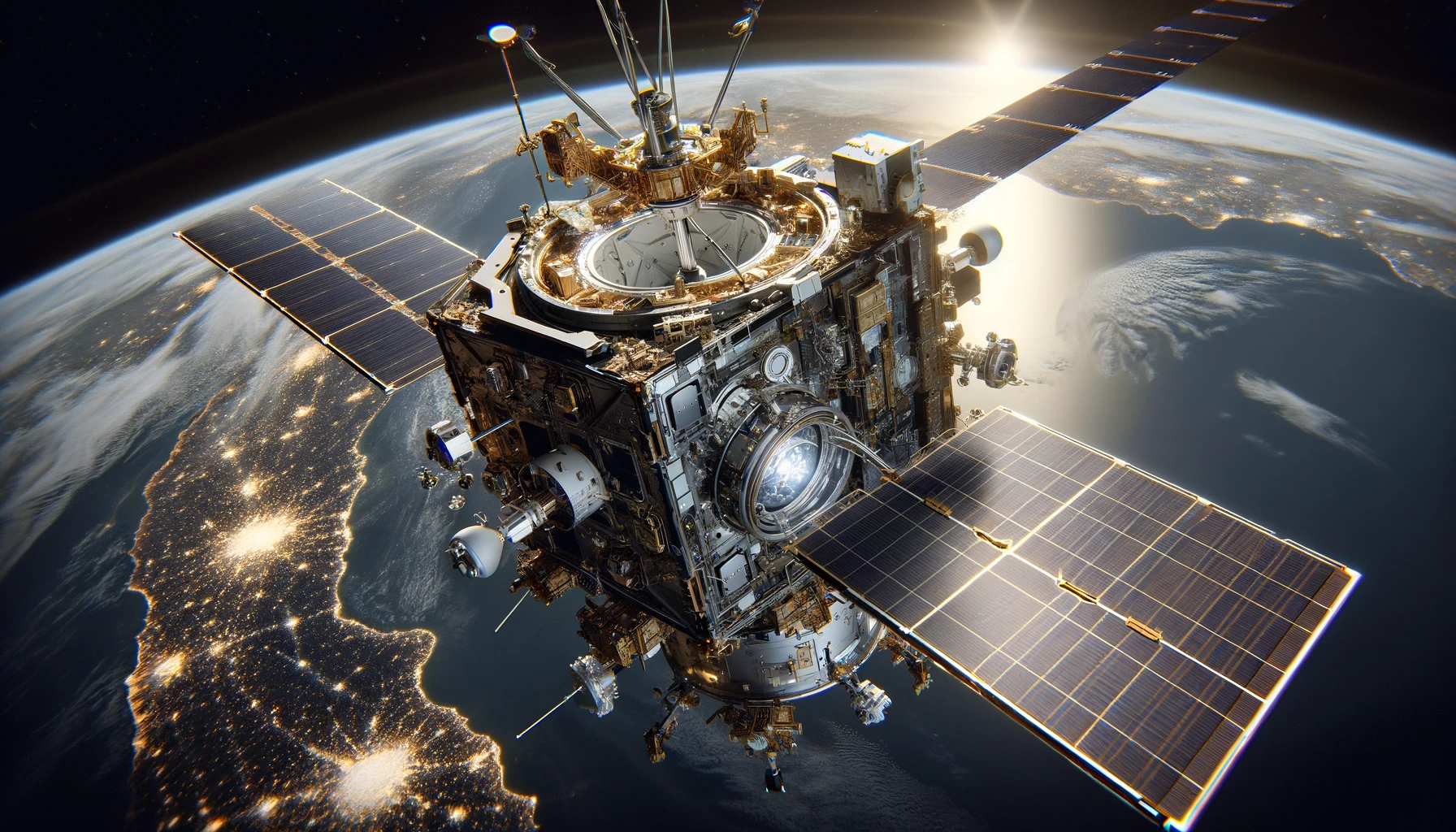NASA has recently announced a reinvigorated approach to the Mars Sample Return mission, aiming to deliver Martian samples back to Earth sooner and at a reduced cost. This initiative, which has been a pivotal part of international space exploration objectives over the last two decades, seeks fresh architectural proposals that could see samples returned as early as the 2030s. By incorporating innovative and proven technologies, NASA aims to streamline the mission that was previously pegged at an $11 billion cost and a 2040 timeline.
Background of Mars Exploration and Sample Return
Historically, NASA’s mission to return Martian samples has been rooted in a broader quest to understand the early conditions of Mars and how they could inform the development of habitable conditions on Earth. The Perseverance rover, active since 2021, plays a critical role in these efforts by collecting and storing samples for future retrieval. This initiative is not just scientific but holds potential clues to the past habitability of Mars, thereby providing insights that could prove fundamental for future human missions to the Red Planet.
Current Challenges and Opportunities
The Mars Sample Return mission, described by NASA Administrator Bill Nelson as one of NASA’s most complex undertakings, faces significant logistical and financial challenges. It involves collection, launch from Mars, and safe Earth re-entry of the samples. In response to an independent review and budget considerations, NASA has proposed a streamlined mission architecture that reduces complexity and cost, aiming for a budget adjustment to as low as $8 billion.
Community and Industry Involvement
The revised plan is a call to action for the NASA community and the aerospace industry to collaborate on innovative solutions that could facilitate an earlier mission timeline. Potential adjustments include leveraging commercial space advancements and breakthroughs in robotics and remote operation technologies, which could significantly alter the mission’s dynamics and cost profile.
Insights from Recent Publications
Related discussions in the “Scientific American” article “The Risks and Rewards of Bringing Mars Samples Back to Earth” and the “Space News” piece “Budget Cuts and Innovations in Planetary Science Missions” reflect on the importance and challenges of Mars sample return missions. Both articles highlight the critical nature of international collaboration and technological innovation in addressing challenges posed by such complex missions.
Useful Information
– Streamlining mission design can significantly cut costs.
– Engaging the aerospace community can expedite timelines.
– Future missions may heavily rely on commercial space advancements.
In reassessing the Mars Sample Return mission, NASA not only seeks to advance our understanding of Mars but also demonstrates adaptability in its strategic planning amidst financial and technological challenges. The agency’s proactive stance in seeking innovative solutions and industry partnerships could set a precedent for future interplanetary missions. This approach will likely enhance the scientific value of the returned samples and ensure that the mission remains feasible both financially and technologically.










